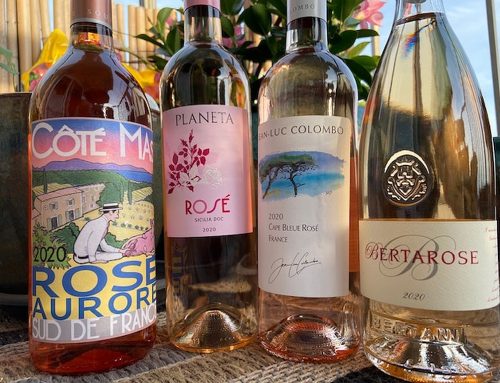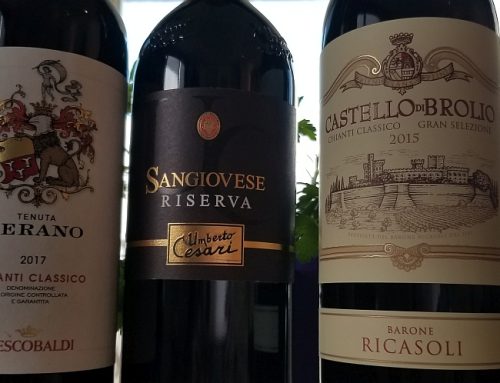A good value wine is always welcome, especially when it also introduces you to an uncommon grape and region like carignano from Sardinia.
After Sicily, Sardinia is the second-largest island in the Mediterranean. Its coastline has some of Europe’s most beautiful and expensive resorts, while it rugged interior is dotted with ancient villages, farms and vineyards.
Santadi winery began as a cooperative in 1960. It made and sold bulk wine until 1980, when Giacomo Tachis, the renowned winemaker of Sassicaia began revamping Santadi’s entire approach to viticulture and winemaking. Tachis remains a consultant to Santadi and its full-time winemaker, Davide Pera.
Sardinia’s most well-known grape is cannonau, yet it is still fairly obscure to most wine consumers. In the right hands, it becomes a medium-bodied wine. But another Sardinian red wine grape I like is carignano. In 2008, Santadi made a very pleasing carignano wine labeled Grotta Rossa.
Although carignano’s history is traced to Aragon, Spain, its highest planting and use is in the Languedoc-Roussillon region of France where it is called carignan. Naturally high in acidity and tannins, carignan’s astringency was put to use as a blending grape with grenache and syrah.
Winemakers wanting to make a wine only from carignan or carignano begin in the vineyard by planting only in warm areas, as this is a late ripening grape. They also restrict the vine’s proclivity for high yields, or harvesting only from very old vines, where age naturally limits the vine’s production.
Sardinia provides hot and dry summers for Santadi’s carignano, which is planted in Sulcis, the southwestern corner of the island, considered the best location in Italy for carignano.
The 2008 Santadi Grotto Rossa is pure carignano. Pera softens the wine by employing malolatic fermentation and preserves the cherry color, enticing herbal, black pepper and cherry aromas and tasty red fruit flavors with several months of aging in traditional Sardinian cement vats.
Pera has delivered a very pleasing, balanced wine. Pour a glass with classic Sardinian dishes such as a pasta and Salsiccia Sarda, the Sardinian sausage, or pork ribs braised with garlic, parsley, black olives and white wine, or roasted lamb with broad beans.
The 2008 Santadi Grotto Rossa retails for approximately $15.








Leave A Comment